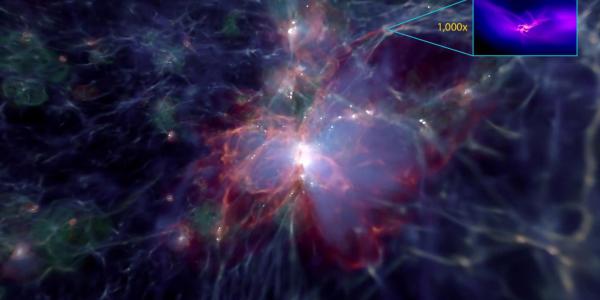Nuclear Physics Seminar with Rodrigo Navarro Pérez on Improving Mass Predictions
Nuclear masses represent a crucial ingredient in simulating stellar evolution and the creation of heavy elements. This is particularly true for heavy, neutron-rich isotopes for which experimental values are not yet available. Different many body methods can be used to calculate nuclear masses throughout the nuclear chart. Direct ab-initio methods have been successful in correctly describing light and intermediate nuclei, but heavy nuclei remain out of reach. Mean-field approaches can be used for light and heavy nuclei but rely on phenomenological interactions, which causes discrepancies between theory and experiment. In this seminar I'll review two different approaches for improving mean-field calculations throughout the nuclear chart. The first approach attempts to include microscopically constrained contributions in the mean interaction to create a semi-phenomenological interaction. The second approach uses machine learning algorithms to approximate the model discrepancy between theory and experiments which can then be used to improve predictions in nuclei that are yet to be measured. Successes and limitations for both approaches will be discussed.

